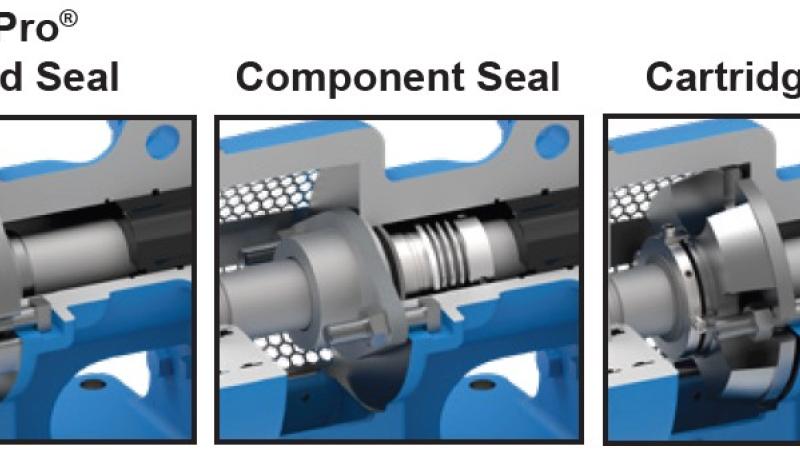
Expanded Seal Flexibility with U-Plus™ Brackets
02-19-2025
Viking Pump’s new generation of pumps (sizes H-QS in steel and stainless steel) offer a wide array of benefits that the previous alloy pumps could not, particularly in the area of sealing flexibility. These new pumps increase the number of sealing options possible in one pump, while at the same time reducing cost and lead times.
John Hall
Pump Consultant
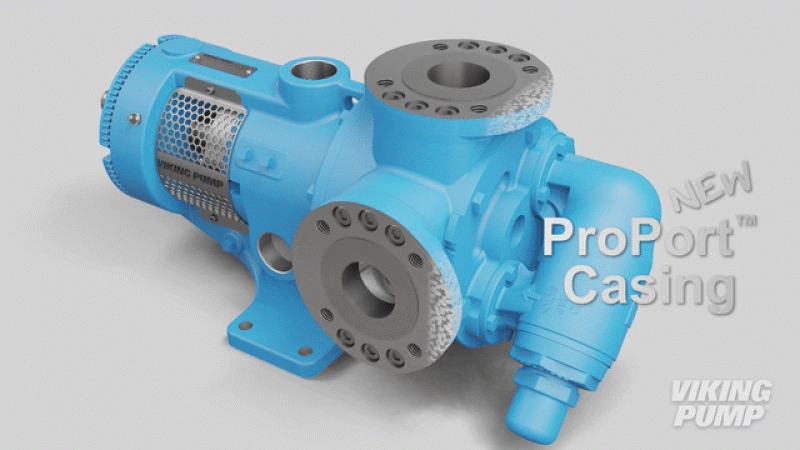
All You Need to Know About ProPort™ Casings
11-14-2024
Viking Pump’s new generation of internal gear pumps offer a wide array of benefits that the previous alloy pumps could not, particularly in the area of porting flexibility. These new pumps reduced the number of casing configurations, which helps reduce manufacturing complexity, cost and lead times, while at…
John Hall
Pump Consultant
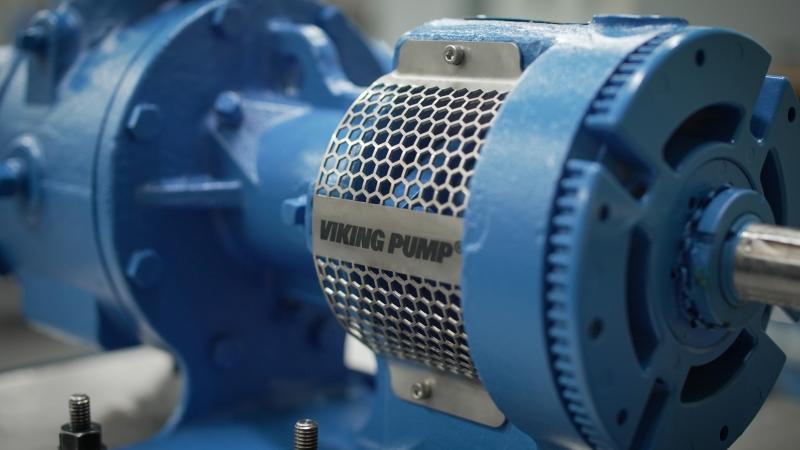
Introducing Viking Pump’s NEW Generation of Pumps
11-14-2024
As a masterclass in engineering design and manufacturing flexibility, Viking Pump has re-designed its heavy-duty alloy pumps, both steel and stainless steel, in the most ingenious ways. These new models reduce price and lead time by significantly reducing the number of casings and brackets for manufacturing simplification, while simultaneously providing more options for porting and shaft…
John Hall
Pump Consultant

Pump Choices in Chocolate and Confectionery Processing: Lobe/CP Pumps vs. Internal Gear Pumps
09-02-2024
Unlike food processors who primarily use centrifugal pumps, chocolate and confectionery processors have two main preferences for handling viscous liquors, chocolates, sugars and other confectionery liquids: Rotary Lobe / Circumferential Piston (CP) pumps and Internal Gear Pumps. These Positive Displacement-type pumps are chosen due to various reasons. But which is…
John Hall
Pump Consultant
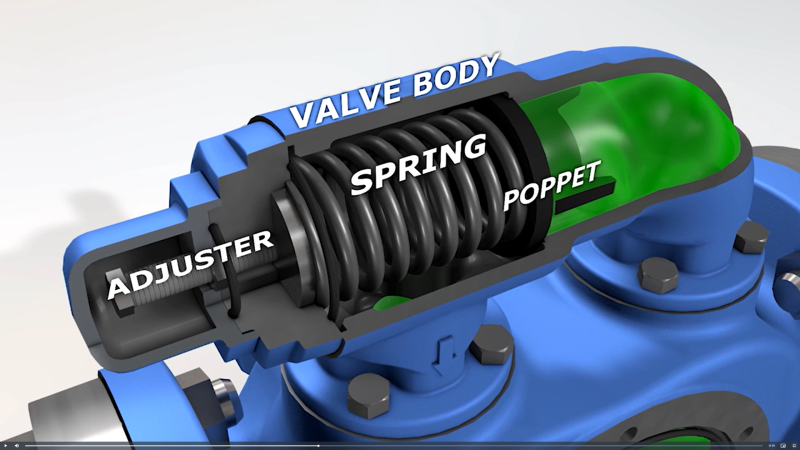
Pressure Relief Valves: Critical to Pump and System Safety and Reliability
01-26-2024
A key advantage of rotary positive displacement pumps is providing consistent flow regardless of changes in liquid viscosity or differential pressure. But should a downstream blockage occur, pressure will rapidly build and may exceed the rating of the pump, drive equipment, system, or any combination thereof, with the potential for damage and unplanned downtime. For this reason, overpressure…
John Hall
Pump Consultant
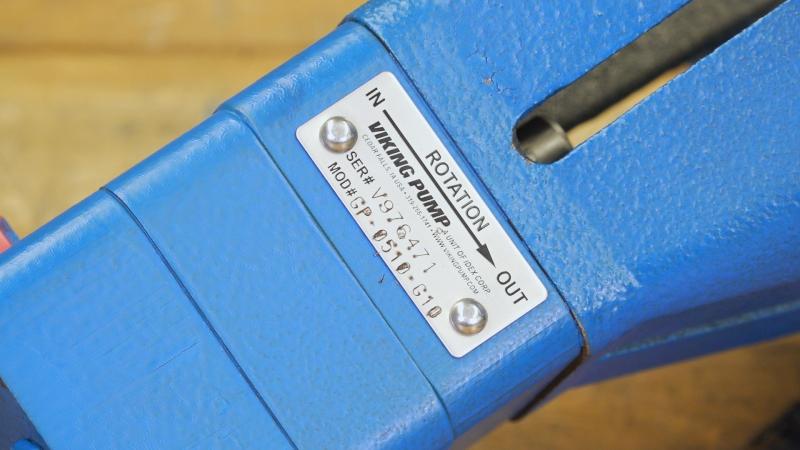
Reversing a Gear Pump
01-25-2024
With Viking pumps the answer is usually “yes,” but before you turn that “reverse” switch on your pump’s motor starter or variable frequency drive, there are a number of things to consider, which are discussed here
John Hall
Pump Consultant
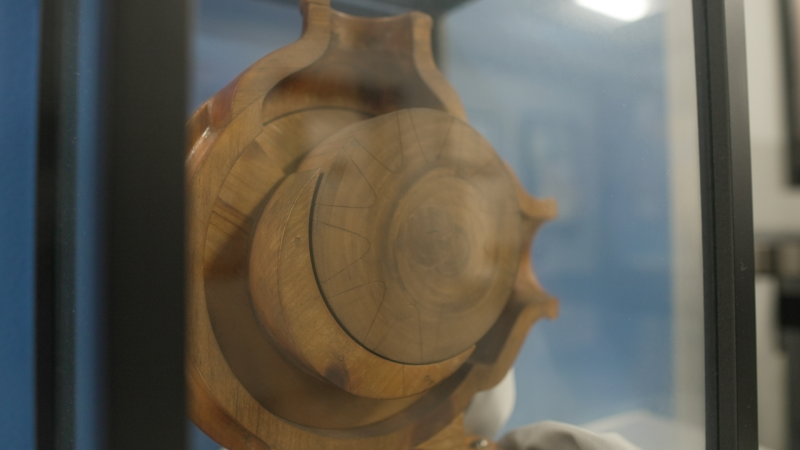
How An Internal Gear Pump Works
01-09-2024
All positive displacement pumps work by first expanding a cavity between the casing and one or more moving parts to create a partial vacuum, so atmospheric pressure can force liquid into the pumping chamber through the inlet port
John Hall
Pump Consultant
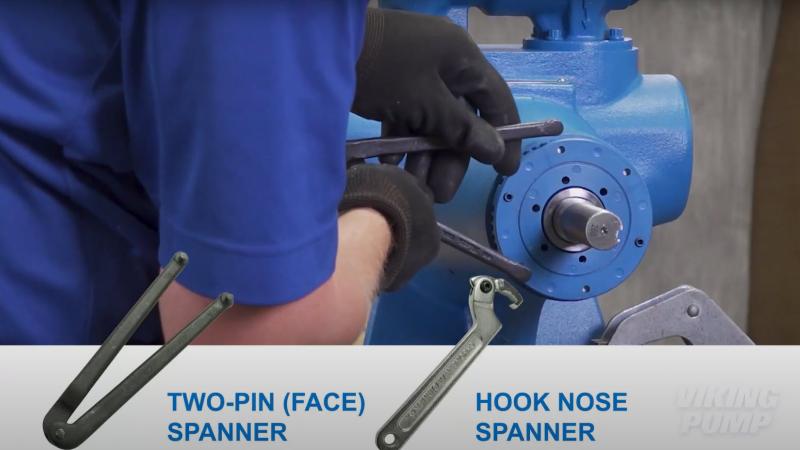
7 Essential Tools for Pump Repair
10-09-2023
Like any job, you need the proper tools to do it well – and the same is true for repairing or servicing positive displacement gear pumps. Below are helpful hand tools that Viking's pump experts recommend having ready for… read more.
Chad Wunderlich
Distributor Development Manager
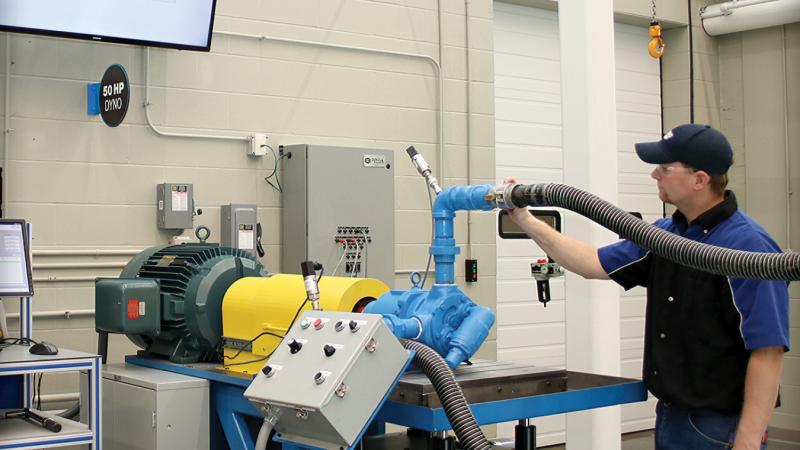
5 Reasons to NOT Settle for Imitators
06-30-2023
Having a great product, with a great reputation, and being a technology inventor like Viking Pump®, positions you as a market leader with high visibility. As such, other internal gear pump manufacturers naturally want to follow in your footsteps. While that is a huge compliment, it also causes confusion among internal gear pump buyers.
In this article we'll walk through 5 reasons you'…
Chad Wunderlich
Distributor Development Manager
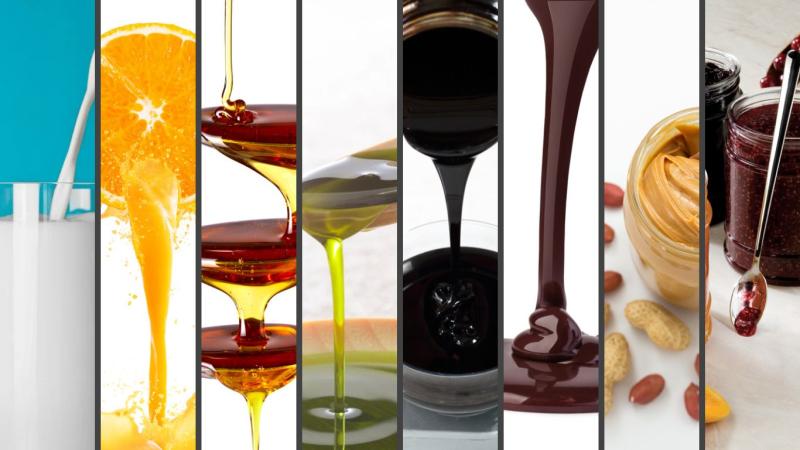
Viscosity Through Thick and Thin
03-10-2022
Viscosity is a measure of a liquid’s resistance to flow. And you don’t need to work in a laboratory to observe this. Anyone who’s spent any time in the kitchen has observed a variety of liquids with a wide variety of viscosities.
Chad Wunderlich
Distributor Development Manager